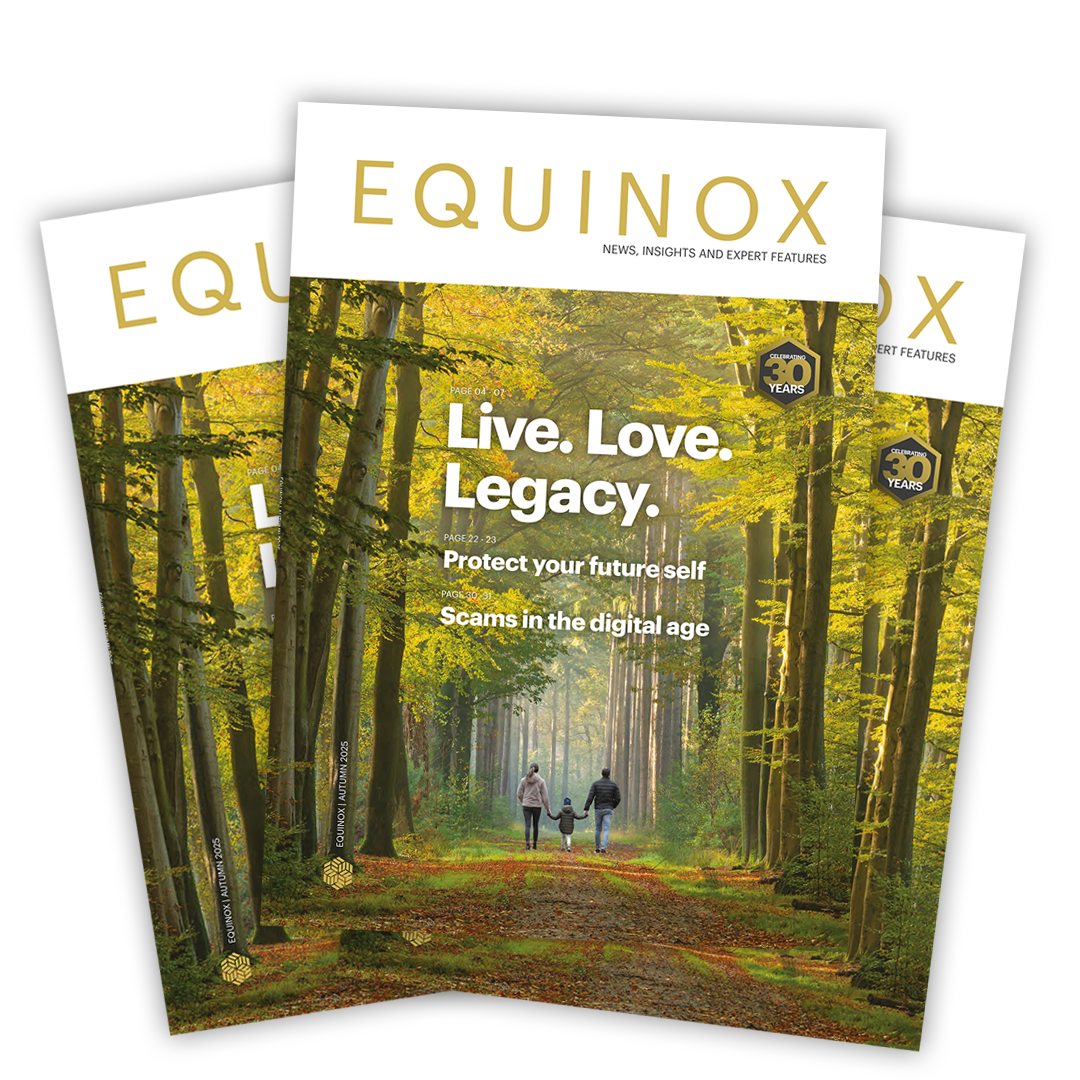One question we often get asked on the investment team is: “What do you spend all day doing?”
Although our holdings may not look like they change month to month, we are always rebalancing in response to changes in the market, fund flows, and daily headlines.
What does that involve?
Once a year, we compile our long-term investment assumptions, using historical data combined with our own and external assumptions, to forecast the potential range of returns from each market. This guides our asset allocation and how we construct portfolios to achieve the target returns of each fund.
As an example, the last fund we added was a Japanese fund. We increased our exposure to Japan as we view the market as attractively valued – they are undergoing corporate governance reform leading to margin improvement and earnings growth has remained strong. The process can therefore guide us to where we might consider adding a new idea or where, based on current forecasts, returns from a certain region or asset class may disappoint.
Throughout the year, we will meet with fund managers in our office, attend conferences, and listen to webinars in order to build a list of funds which we want to explore further.
Strong signals
At a headline level, we categorise funds as green, amber, or red. Green signals a need for further analysis with a view to including it, amber is not one for right now and red is excluded.
We use the same traffic light system during our quarterly fund reviews but with a slightly different criteria. Here, we ask the question: ”Is this fund behaving as we would expect it to?”
When we invest in a fund, it will normally be specialised in one part of the market, such as UK Smaller Companies. Here, it’s vital to judge the fund against others with the same investable universe rather than comparing it to what is happening in another part of the market, where there will often be divergences in performance.
Our fund selection is a combination of quantitative and qualitative factors, with both sides being equally important. On the quantitative side, while past performance is a part of the decision-making process, evaluating how the fund has behaved relative to the market backdrop in which it operates is much more useful. This demonstrates the repeatability and robustness of the process.
It’s a balancing act
Two key factors we focus on when assessing a fund are size and cost.
Fund size is important as we need a fund to be large enough so that we do not own a disproportionate part of it, yet not so big that it limits what the fund can invest in.
This consideration holds particular importance for certain asset classes, such as smaller companies, where the larger the fund is, the smaller and more limiting the investable universe will be, as they are either forced to own a bigger percentage weighting of the companies or have a greater number of holdings.
The direction of travel for a fund’s assets is also important as funds in outflow mode (when investors are redeeming holdings) may be forced to sell the most liquid or best-performing parts of the portfolio leaving investors with what is left.
Costs also form a key part. With so many markets accessible cheaply through passive index trackers and asset allocation responsible for the bulk of long-term returns, if we can keep costs to a minimum, this will help maximise our chances of achieving our targets.
One point to note is that low fees do not always equal good value, as certain asset classes are priced differently to others, based on how scalable and unique the underlying assets are. For example, an active private equity fund engaging with a company is harder to replicate, so would charge a higher fee than say a government bond fund.
Adding value
One recent fund switch we made was adding in the Gresham House Multicap Income Fund in September 2023, a fund we originally met with in early 2021. We were impressed with the team and their process at the time; however, the fund was too small at sub £100m. Since then, assets have grown, performance has remained consistent with expectations, and we particularly liked how they used a private equity lens for investing in public companies.
While an incredibly short period to judge performance over, since our investment, this fund has remained comfortably ahead of the sector and index.
One thing that we have discussed internally is the undervaluation of small and medium-sized companies in the UK and how this value can be realised by shareholders, with an increasing number now being taken private at a premium to market price. By adding a fund focused on these metrics from a private equity background, we are aligning our evidence-based approach with theirs.
There is no single way to identify funds for investment, however, we believe that blending the quantitative numbers of a fund with the human aspect of the people running the funds, gives us the best chance of identifying the ones that can deliver strong returns over meaningful time periods.
Past performance is for illustrative purposes only and cannot be guaranteed to apply in the future. Investments will fall as well as rise.
This article is intended as an information piece and does not constitute a solicitation of investment advice.
For more information or to speak with one of our experts, call 0161 383 3335 or by reaching out to your usual Equilibrium contact.




